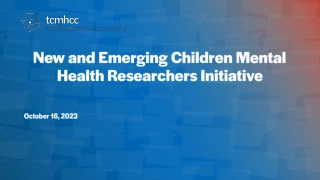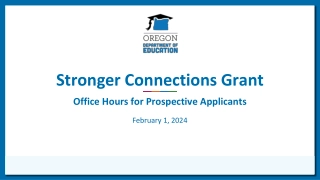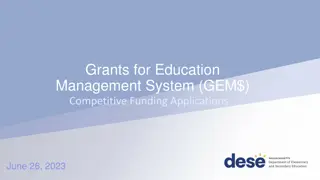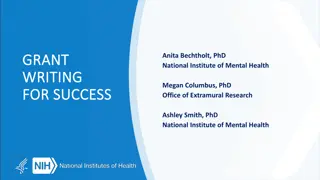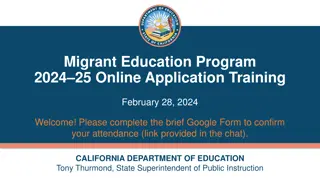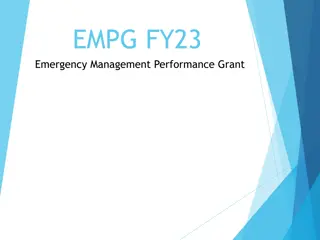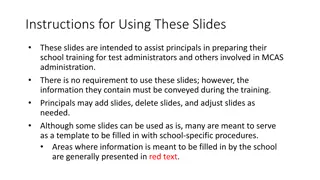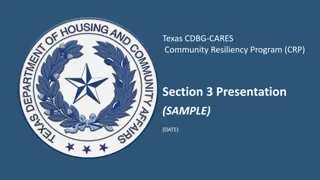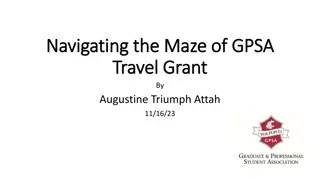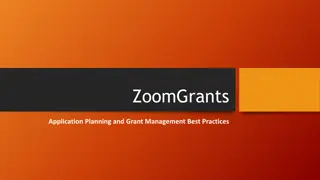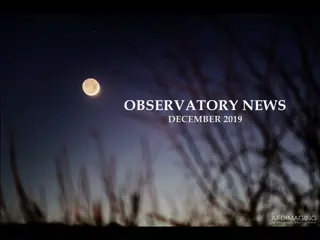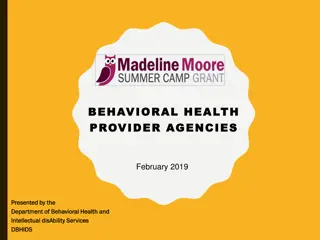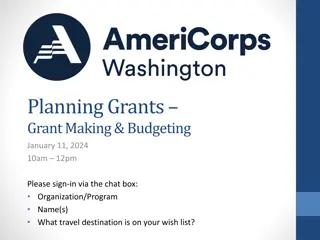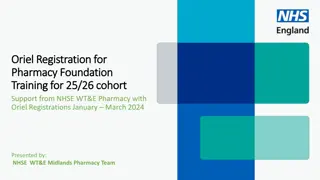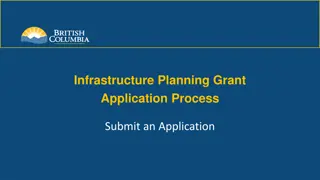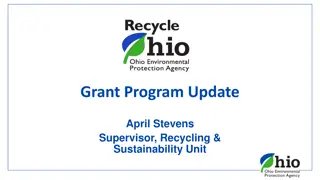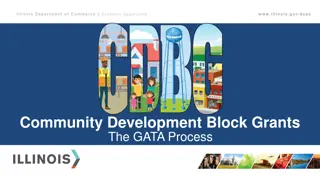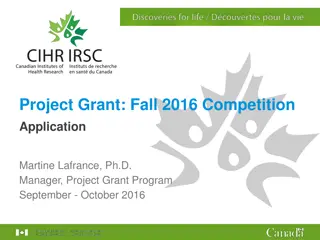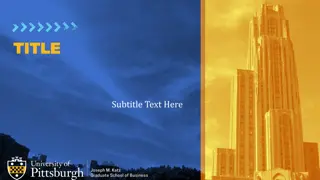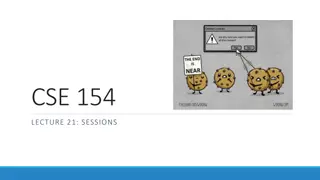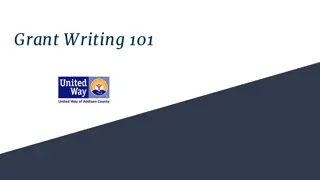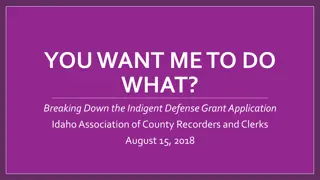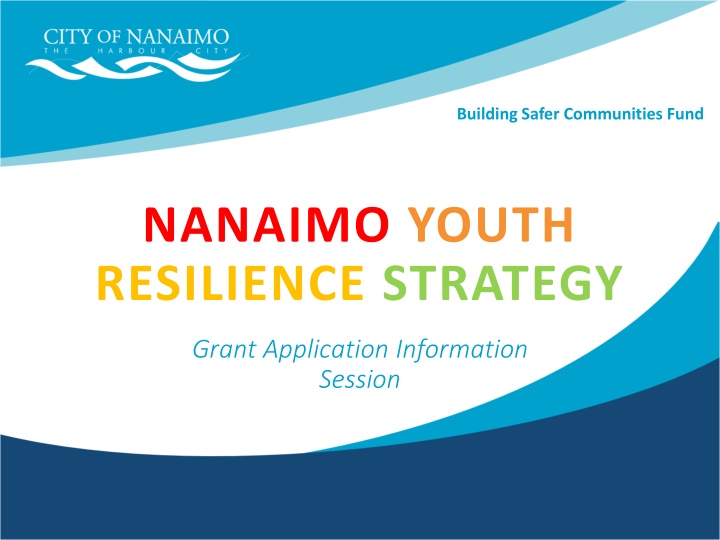
Youth Resilience Strategy for Safer Communities in Nanaimo
The Nanaimo Youth Resilience Strategy aims to enhance the well-being of at-risk youth through initiatives such as establishing safe gathering spaces, expanding outreach programs, connecting youth to land and water teachings, implementing mentoring programs, enhancing existing youth programs, and improving media communications. The strategy addresses various risk factors at land and water levels, school, peer, family, societal, and community levels to create a supportive environment for youth development in Nanaimo.
Download Presentation

Please find below an Image/Link to download the presentation.
The content on the website is provided AS IS for your information and personal use only. It may not be sold, licensed, or shared on other websites without obtaining consent from the author. If you encounter any issues during the download, it is possible that the publisher has removed the file from their server.
You are allowed to download the files provided on this website for personal or commercial use, subject to the condition that they are used lawfully. All files are the property of their respective owners.
The content on the website is provided AS IS for your information and personal use only. It may not be sold, licensed, or shared on other websites without obtaining consent from the author.
E N D
Presentation Transcript
Building Safer Communities Fund NANAIMO YOUTH RESILIENCE STRATEGY Grant Application Information Session
Important Supporting Documents Important Supporting Documents Nanaimo Youth Resilience Strategy (2023) Grant Guidelines & Criteria Grant FAQs https://www.nanaimo.ca/your-government/grants/nanaimo-youth-resilience-grant
6 Key Focus Areas 6 Key Focus Areas Safe Youth Gathering Spaces To establish safe, free, youth gathering spaces, within existing facilities. The City is working to identify two locations for a safe youth gathering space. The Nanaimo Youth Resilience Grant may be used to fund programs in these spaces. Youth Outreach To expand street outreach and related programs including service hours and locations to build relationships with youth at risk and to meet a wide range of their needs such as food, harm reduction, engagement in recreation, access to counseling, etc. Connecting Youth To Land And Water Through Snawaylth (Teachings) Enhance existing and/or create new opportunities to connect youth to the land and water through Snawaylth to strengthen their mental, emotional, spiritual, and cultural resilience. Youth Mentoring Program To connect youth, especially youth at risk, with diverse role models and significant/caring adults (e.g. tutors, trades or vocational role models, mentors, teachers, coaches, etc.). Enhancing Existing Programs To improve existing programs for youth by adding new components that fill gaps and build protective factors for children and youth-at-risk (e.g. sports, culture, education, health and wellness, life skills, socio-emotional learning, volunteering etc.). Media & Communications To build relationships with media and develop key positive messaging to highlight successful youth programs and initiatives that counter repeated negative media attention that perpetuate discrimination and stigmatization against youth.
Risk Factors Risk Factors Land & Waters Level Limited or lack of access/availability to healthy lands & waters, including Indigenous sources of foods and medicine Lack of adequate services (cultural, recreational) Large number of residents reporting feeling unsafe in their neighbourhood Neighbourhoods that show neglect and lack of sense of ownership and pride by residents School Level Too few teacher role models Lack of attention to bullying (including cyberbullying) Negative labelling by teachers Access to street level drugs within the school Low educational aspirations Peer Level Friends who are part of a gang Friends with problematic substance use challenges Interaction with peers in conflict with the law Lack of meaningful peer connections Family Level Intimate partner and family violence Abuse and neglect of children Criminalized or incarcerated parents Lone parent household with limited economic means Societal Level Large number of people living in poverty Significant prevalence of discrimination, stigmatization, and oppression, such as racism Lack of affordable, appropriate, and safe housing Lack of adequate services (social, physical health, mental health, addictions, etc.) High unemployment Community Level Presence of organized crime & human trafficking Repeated negative media attention Availability of street level weapons, including firearms Fear of social disorder (e.g. homelessness, public drug use)
Application Criteria Application Criteria Children and youth (ages 11-25) at risk (as per risk factors) Offers services during peak hours for youth activity Positive peer to peer interactions and connections Connects youth to diverse role models or significant/caring adults Children and youth living in poverty have access Trauma-informed practices and cultural awareness Increases opportunities for integration of Indigenous and non-Indigenous services Works to remove barriers to access (transportation, costs, etc.) Focus on anti-discrimination, anti- stigmatization, and anti-oppression (e.g., youth phobia) Focuses on culture, healthy relationships, and pro-social activities Includes supports for family members of youth participants Provides opportunities to connect youth to the land Wraparound approaches Increases socio-emotional learning opportunities Recruitment and referral process Community Partnerships
Who can apply for this funding? Who can apply for this funding? Established non-profit organizations, public sector entities or government bodies Organizations located outside of the City of Nanaimo or Snuneymuxw First Nation reserve lands can apply, however, funds must be only used for programs delivered within the boundaries of the City of Nanaimo and Snuneymuxw First Nation
Application Timeline Application Timeline Applications must be submitted by 12 pm Monday, August 14, 2023 Programs must start during the Fall/Winter of 2023, and can be funded until March 2026 Applications received after this date will only be considered if there are unused funds. Late requests may be considered in exceptional or unforeseen circumstances Successful applicants will receive written notification of Council s decision by the end of September 2023
Application Application
Program Budgets Program Budgets Funding Timeline Year 1: October 1, 2023, to March 31, 2024 Year 2: April 1, 2024, to March 31, 2025 Year 3: April 1, 2025, to March 31, 2026
Program Budgets Program Budgets Funding Distribution Steering Committee Rating Impact Effort Proposed % of BSC Program Funds Focus Area Safe Youth Gathering Spaces High Impact High Effort 30% 1. Youth Outreach High Impact High Effort 25% 2. Connecting Youth to Land and Water Through Snawaylth High Impact Medium Effort 15% 3. Youth Mentoring Program High Impact Medium Effort 10% 4. Enhancing Existing Programs High Impact High Effort 15% 5. Media & Communications High Impact Low Effort 5% 6.
Program Budgets Program Budgets BSCF Funding Distribution: Year 1: $441,375 Year 2: $438,760 Year 3: $231,563
Eligible Expenses Eligible Expenses Salaries, wages and benefits for temporary professional, clerical, technical and administrative services, and stipends (including expenses for international staff); Professional and consultant costs, not limited to audit and evaluation expenses and professional fees related to the preparation of financial statements Recruitment and Training Costs (e.g. courses, workshops, etc.); Costs associated to conferences, including conference room, virtual conferences and associated equipment rentals Reasonable Travel, accommodations and related expenses in accordance with National Joint Council Guidelines as well as bus tickets, tokens, and other reasonable participant related transportation reimbursements; Rent, normal utilities such as electricity, heat, water and telephone, and maintenance of offices and other buildings where the expenses are directly related to the development and implementation of the project Office equipment, supplies and materials, including computers, printers/scanners, and communications equipment and associated costs
Eligible Expenses Eligible Expenses Minor renovations to the facility where the interventions are taking place (principally required to enhance security or to ensure program fidelity), where deemed essential for the success of the project. Minor renovations are defined as $10,000 in total or less, over the course of the project Translation and simultaneous interpretation costs; Meals and/or refreshments for participants in activities and workshops directly related to the project Honoraria, defined as time-limited remuneration for a volunteer service or participation in project delivery that is consistent with, and essential to the attainment of, the project s objectives. This can include, but is not limited to, volunteer services and guest speakers; but cannot be provided for individuals whose participation in a project is already being compensated (e.g., by their employer) or is being accrued as part of an in-kind contribution Culturally appropriate expenditures including gifts (for a maximum of $100), community feasts, ceremonies and ceremonial meals, gatherings, and circles in accordance with National Joint Council guidelines
Ineligible Expenses Ineligible Expenses Goods and services that are normally provided by the service agency Cannot be used to pay for regular or ongoing police services Core or ongoing operating expenses Hospitality, that does not meet the eligible expenses criteria Interest charges or costs of borrowing; and Amortization
Grant Application Evaluation Process Grant Application Evaluation Process Applications will be received and reviewed by an Evaluation Committee comprised of NYRS Steering Committee members, City of Nanaimo and Snuneymuxw Staff Recommendations for fund distribution will be forwarded to the City of Nanaimo Council for consideration of approval Successful applicants will receive written notice of Council s decision by the end of September 2023
Grant Application Evaluation Process Grant Application Evaluation Process Applications will be evaluated by the criteria listed in the NYRS Grant Guidelines and will be weighted by the following questions: Relevance (25%) Does the program reflect the focus areas in the NYRS and work to address the identified risk factors? Accessible and Equitable (25%) Does the program incorporate most of the criteria identified to ensure that children and youth at risk can access programming? Impact (20%) What difference will the program make for the intended audience? Efficiency (10%) How well are resources utilized. Sustainability (10%) Will the benefits for the programs last beyond the funding cycle?
Funding for Existing Programs Funding for Existing Programs Funding can be used to add notable enhancements to existing programs. Existing programs could be enhanced by adding some of the following elements: Sports and recreation; Connecting urban Indigenous youth to culture, Elders and the land; Educational, health and wellness programming; Youth mentorship; Life skills and socio-emotional learning; Inclusion of family members of youth in provision of food, treatment and other services; Food security measures, including gardening, to connect with the land and Indigenous culture; Opportunities for youth to foster a sense of belonging, value, and connectedness with the community through reciprocity through volunteering.
Reporting Requirements Reporting Requirements All applicants who receive Nanaimo Youth Resilience Grant funding must comply with the reporting timelines as set out by Public Safety Canada and the City of Nanaimo. Failure to meet reporting timelines may result in the rejection of new applications or the delay in releasing further funding. This will include but is not limited to: Program activity summaries; Quantitative and qualitative data on program indicators and measures; Separate NYR general ledger reporting including the appropriate back up receipts; and other information as requested by the City of Nanaimo. These details will be outlined in service agreements between organizations and the City of Nanaimo.
Questions? Questions?

